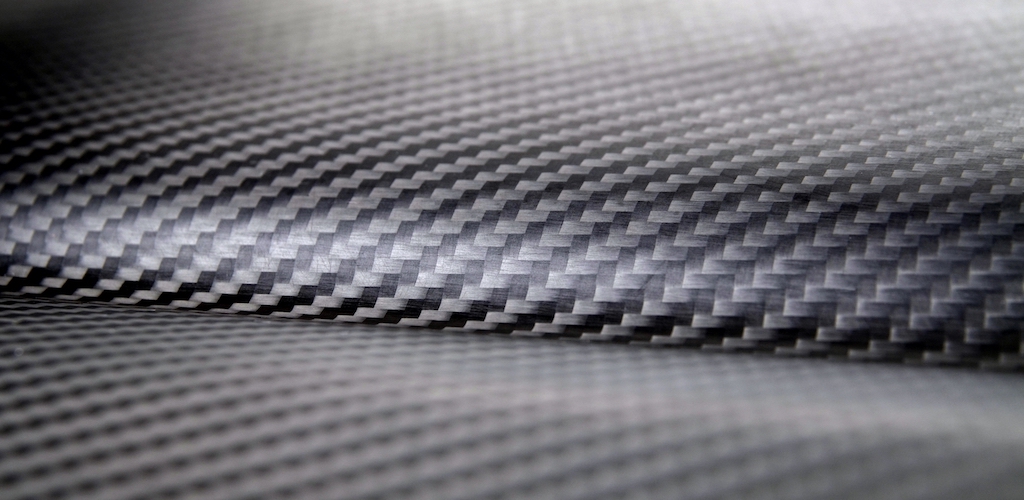Composite materials are being increasingly used in the industrial sphere. In order to ensure quality production, control times on production lines are increasing.
Composite materials are being increasingly used in the industrial sphere (aeronautics, automotive, nautical, leisure, etc.). To ensure proper fibre positioning and surface quality, visual inspection of production requires significant lengths of time being spent on the production lines. In this article, discover how automating quality control of composite materials reduces inspection time
How does automation of inspection of the surface reduce control times?
On most production lines of composite parts, operators perform quality control using manual tools or by visual inspection.
Today, the automation of inspection by artificial vision optimises manufacturing processes and reduces control times.
Artificial vision solutions are optical technologies made up of sensors (camera + light source) combined with software. The image of the surface of the inspected part is analysed by the software’s algorithms.
Artificial vision control systems:
- Identify what the human eye cannot detect, repeatedly and reliably
- Differentiate a compliant product from a defective product
- Remove from the production flow those products which contain defects
- Carry out adjustment or repair operations where this is possible
Integrated into production lines, these solutions meet the production needs of defect-free composite materials as well as the need to reduce control time.
Every manufacturing process has its control solution
On-the-fly inspection of unprocessed material
The integration of sensors into machines on which plies of woven, braided or pre-impregnated material are placed allows on-the-fly inspection. Depending on the configuration of the machine, the system inspects one or both sides of the material. It measures and determines:
- Fibre direction
- Weaving defects,
- Missing fibre,
- Ply defects
- Missing elements, pulling
- Texture inclusions
- Deburring, delaminating defects, etc.
Inspection of the material for each lay-up of composite preforms
The preforming process consists of handling a preformed composite ply with an automated system and laying it on a mould. During these “pick and place” operations, the machine checks the quality of the material prior to laying it on the mould using artificial vision sensors. The systems measures and determines:
- The position and orientation of the ply,
- Weaving defects
- Missing fibre
- Ply defects
- Missing elements, pulling
- Texture inclusions
- Deburring, delaminating defects, etc.
In-line inspection for AFP-ATL processes*
The fibre lay-up robots or heads fitted with sensors scan the surface to be inspected during production. The unit saves the images via the software and performs automatic processing. During lay-up the systems detects:
- Gaps
- Splices
- Fibre creases
- Twists
- Foldings
- FOD
The inspection systems locate defects and parts can therefore be corrected quickly.
Technical characteristics of automated inspection solutions
- Compact sensors designed for environments exposed to carbon dust
- Integration on the lay-up head
- Processing system in a fanless IT bay (industrial PC, image processing and video interconnection card, communication cards with the line PLC and plant network)
- SPC: results in a database in client export format.
- Control of all types of materials: Fibreglass, thermosetting, thermoplastic, carbon fibre, ceramic.
CONCLUSION ABOUT COMPOSITE MATERIAL
Increasing production rates requires control at each stage of the process. Automation of these controls through artificial vision of composite materials is becoming an essential step for fast and reliable quality production. These different contactless and automated control solutions are the guarantee of a fast return on your investment.
Do you have a question, a need or a project? Contact us via the form below:
Contact us !